Home Business: In Rovinj, Croatia, a Peek at What's Possible
Rovinj, Croatia. (Source: Author.)
When my wife and I are on a trip somewhere, we always put a little time into finding the best food and restaurants. It’s far from our only concern, and some days I’d certainly be happy to grab a Coke and a burger, but we like to experience the local cuisine and occasionally splurge on a neat-looking place.
On a recent trip to Croatia, probably the best food we had out of all the cities we visited was in Rovinj, where we spent four days. Most of the places we ate at in Rovinj were just ordinary restaurants that were very good. But we also ate here one evening:
(Source: Author.)
It’s the door in the middle—there’s nothing to identify it as a restaurant, except the little sign above the door that says, “Wine and something fine…” On the night we had our dinner reservation, the shutters were also pulled open, revealing another sign.
This is because this is not a restaurant, per se—it’s a woman’s private home, and she has seating for maybe up to eight people inside, max. She used to have help, but now she just cooks in her residential kitchen and does her own table waiting and payment processing. In fact, she hadn’t even opened for the season yet; we emailed her to ask about reservations, and she replied that she wasn’t technically open but that she’d make an exception for us.
Take a look at that building. The upper level is her bedroom; there’s a sturdy but precarious staircase going up there, and also going down to a bottom floor below street level with a sliding door out to a terrace over the sea, where our table was.
(Source: Author.)
Here’s the view from her main-level window. Can you spot the old rotary telephone peeking out from under the curtain? Decades ago it was her actual telephone. Now it’s just a decoration.
(Source: Author.)
She’s been doing this for many years, just as a hobby, really—she wasn’t a professional chef, and had never owned a restaurant. I asked her what was involved in terms of permits/zoning/bureaucracy in order to open an informal restaurant in her residence. Her English was not fluent (Croatian and Italian were her main languages), but she said she got permission from the city. I’d love to know what that entailed, whether it’s allowed in general or was a special case. (Meanwhile, in New Jersey, good luck if you want to sell some baked goods you made in your home kitchen.) In any case, if it exists, it’s possible.
Think about what it would mean if somebody with a passion for cooking and serving food could give it a go out of their house—just a couple of parties at once, say, to avoid noise and traffic on a residential street. What if we allowed more individuals to make a little money at a hobby, or trial run a business idea, without asking them to jump through zoning hoops or borrow large sums of money?
I think of people featured on Gordon Ramsay’s Kitchen Nightmares, who often say something like, “I love to cook, so I opened a restaurant.” Running a restaurant is about 5 percent cooking and 95 percent everything else. But cooking a small menu for two, four, six people, and getting paid for it? That’s a little dream for a lot of people, that we artificially foreclose. Sometimes it seems like we put friction in all the wrong places.
(Source: Author.)
The food was simple but very good, a fun break from the Mediterranean fare we’d been having. We had a British-style prawn cocktail, a salmon tartare with avocado, a French cream and seafood casserole, eggplant parmigiana, steak tartare, and stuffed and rolled veal cutlet. Oh yeah, and dessert. It’s as close to an international menu as anything we saw in Rovinj.
We could barely finish—it didn’t help that we were still a bit worn out from the previous day’s all-day wine tasting tour—but it was so, so good. Several reviews on TripAdvisor complained the food was too small, basically snacks or finger good. I was afraid that might be true when I saw that “wine and something fine” sign, and we didn’t even want to drink that night. Just goes to show you can’t believe everything you read on the internet.
As the sun set on the sea, this was our view, at the back of the buildings, which almost all have access to the water. Some of those rooms up on the top floors are rentals, and some are probably empty, but many are just people’s homes.
(Source: Author.)
Now this informal restaurant did not take credit cards, and I was all out of cash. So somewhere around 10 p.m., as dinner wrapped up, I had to ascend the narrow staircase and walk almost a kilometer to an ATM out on the town square. While I was out getting the cash, my wife talked more with the owner.
She was originally from Zagreb, now the capital of Croatia. She moved to Rovinj, then fell in love and moved to Belgrade with her husband. After the breakup of Yugoslavia and the Croatian War of Independence, she had to move back to Rovinj, as the government would seize unclaimed property. She’d been in Rovinj ever since then, alone for many of those years as her husband had passed away some time ago. She didn’t care for the heavy tourism in the country’s south, and thought it was losing some of its soul. She enjoyed her informal business, and the less traveled, more traditional nature of her region.
When I got back, I asked her if she knew how old her building was. “1700s. 1750? Around there,” she said. She paused. “It’s the new part of the city.”
This is not a cathedral or a palace. It’s an ordinary residential structure, basically a rowhouse. It was built well enough to be outfitted with plumbing and electricity. It’s been sitting there on that street for longer than my country has existed. And it probably didn’t cost much back in the 1980s. A place like this was just an ordinary place. It’s remarkable to realize that it’s unremarkable here.
America isn’t bereft of good urbanism, and Europe has its suburban sprawl, too. But I shudder to think of how many potential North Ends or Old Town Alexandrias this country has razed and rammed expressways through. (Even Old Town Alexandria and Historic Annapolis barely avoided the wrecking ball in the era of urban renewal.) How many people, usually poor and/or Black, that we displaced, how many businesses we bankrupted, and how many imperfect but functional neighborhoods we treated as blank slates instead of real places to invest in and improve.
I believe we can make our places better, more inclusive, more devoted to human flourishing. At this point, our job is less to preserve our traditional urbanism than it is to rebuild it. In this pursuit, it can be wistful, but also encouraging, to visit places that have had it, and kept it, all along.
Addison Del Mastro writes on urbanism and cultural history. He tweets at @ad_mastro and writes daily at Substack.



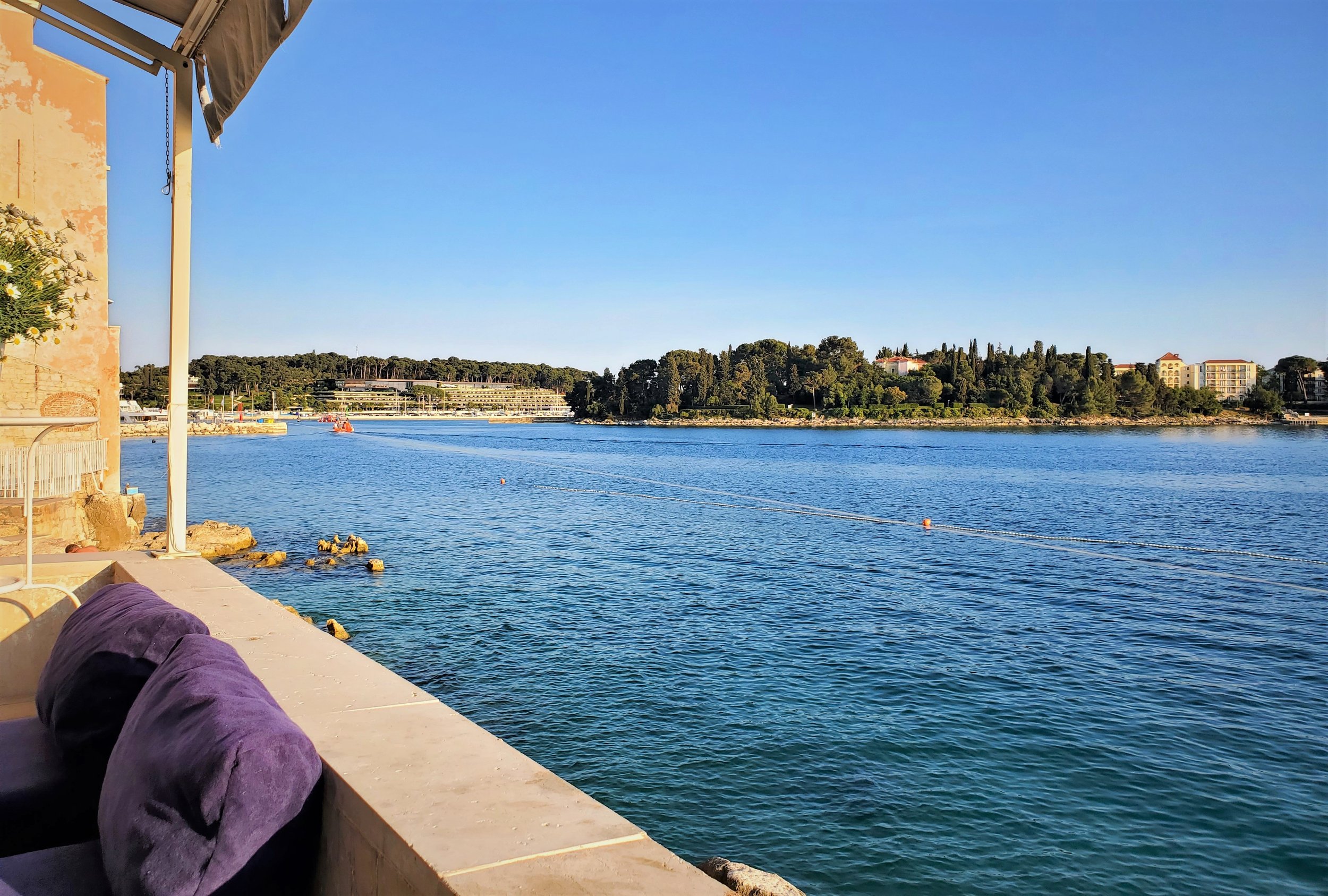

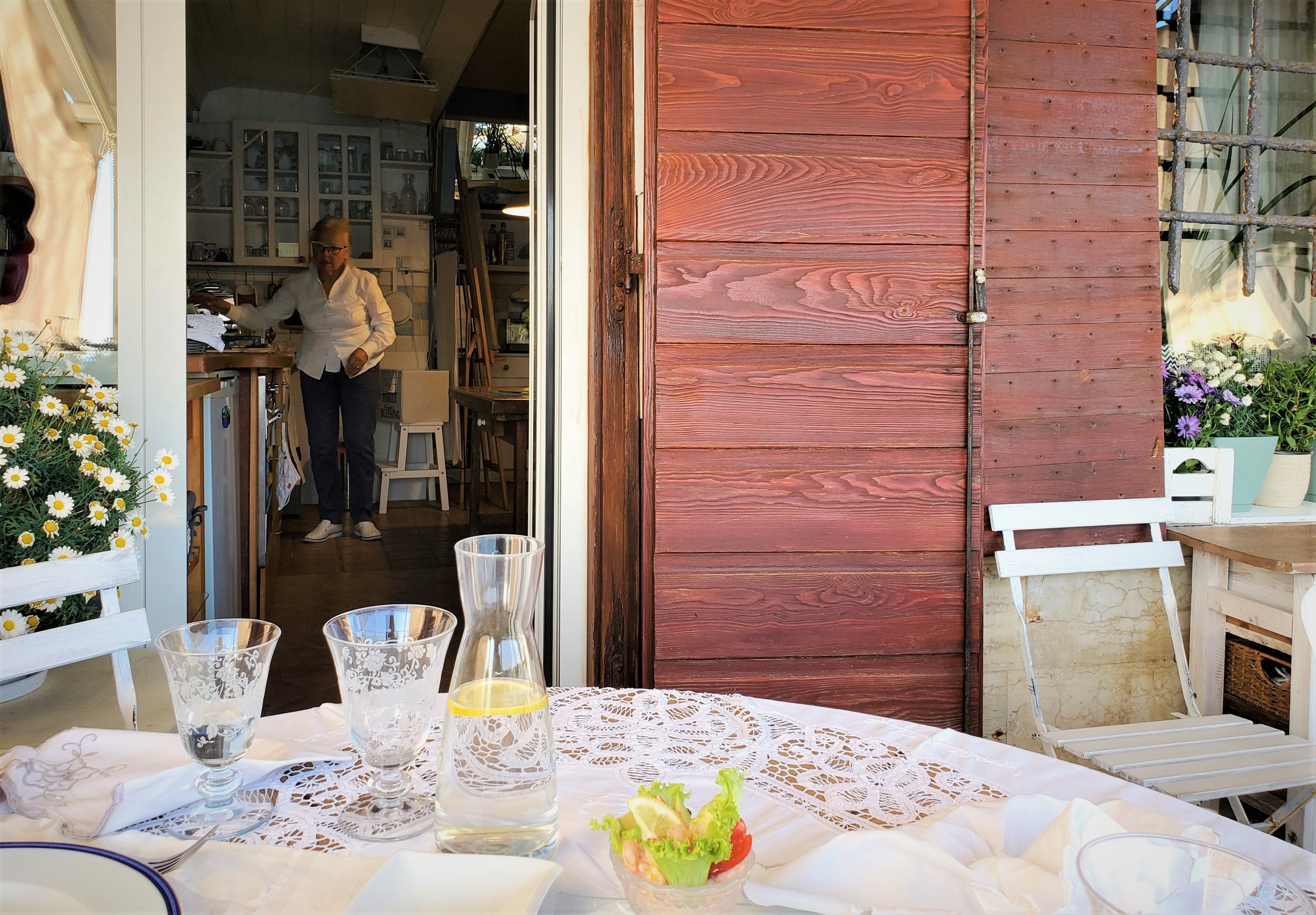
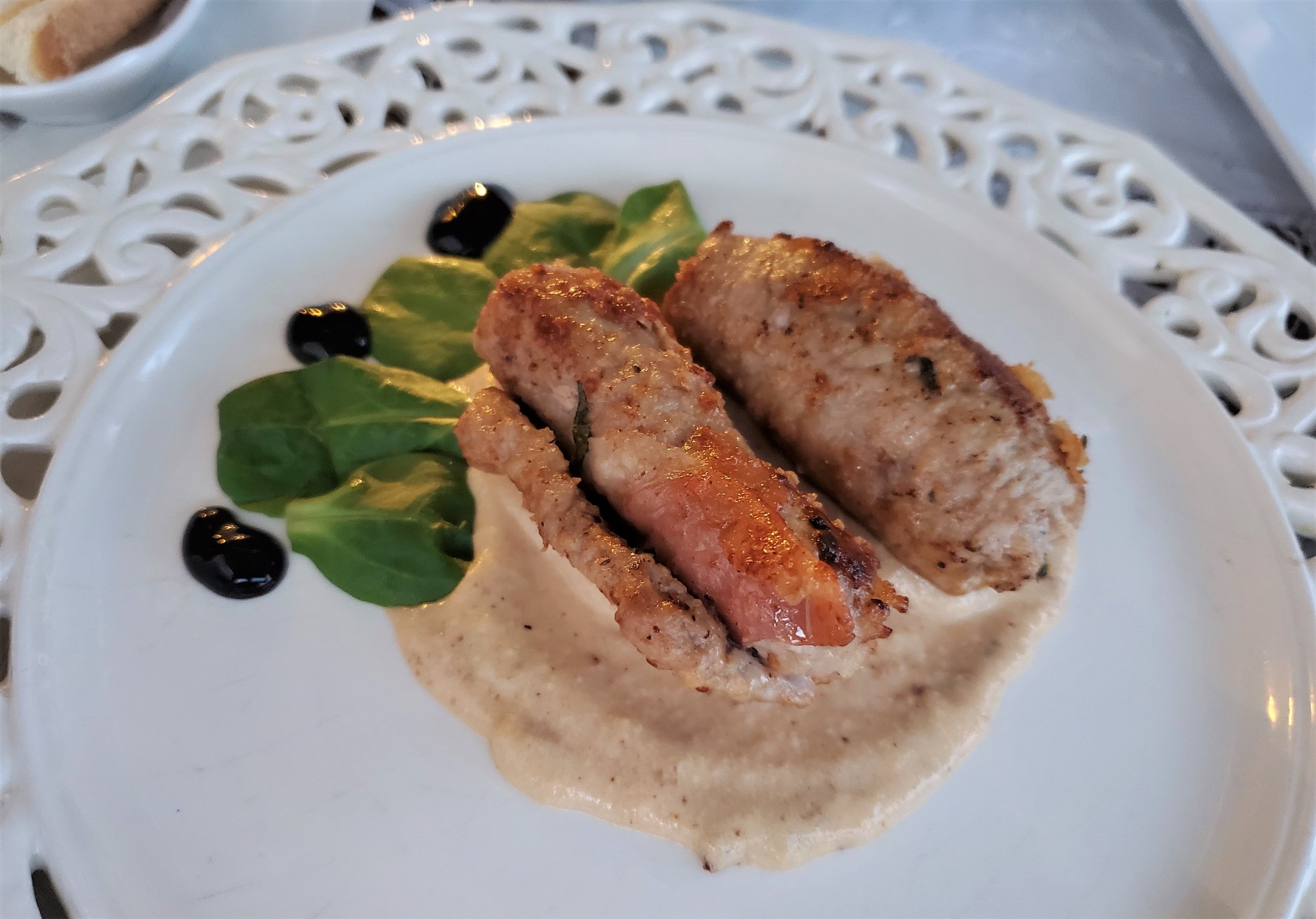

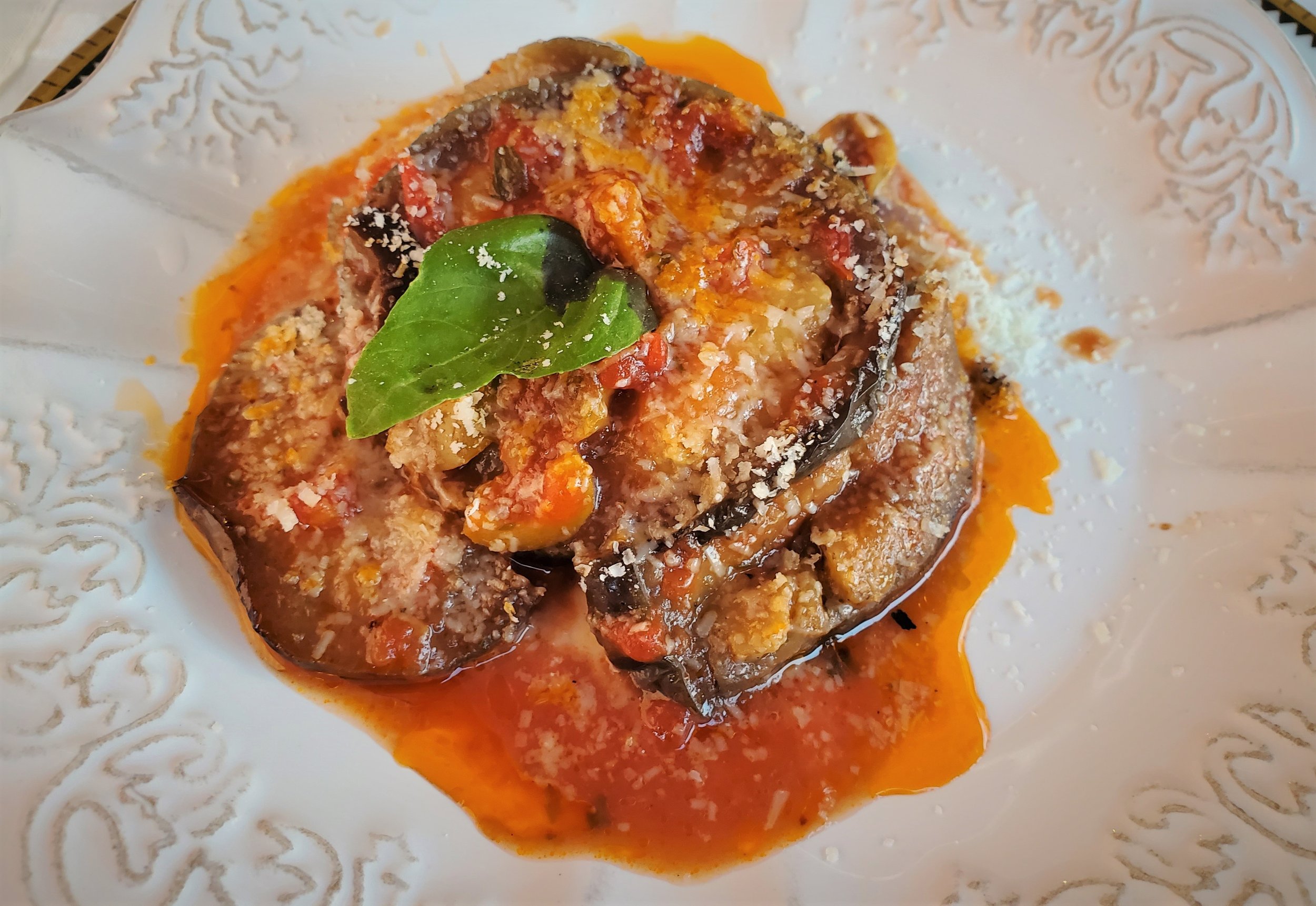


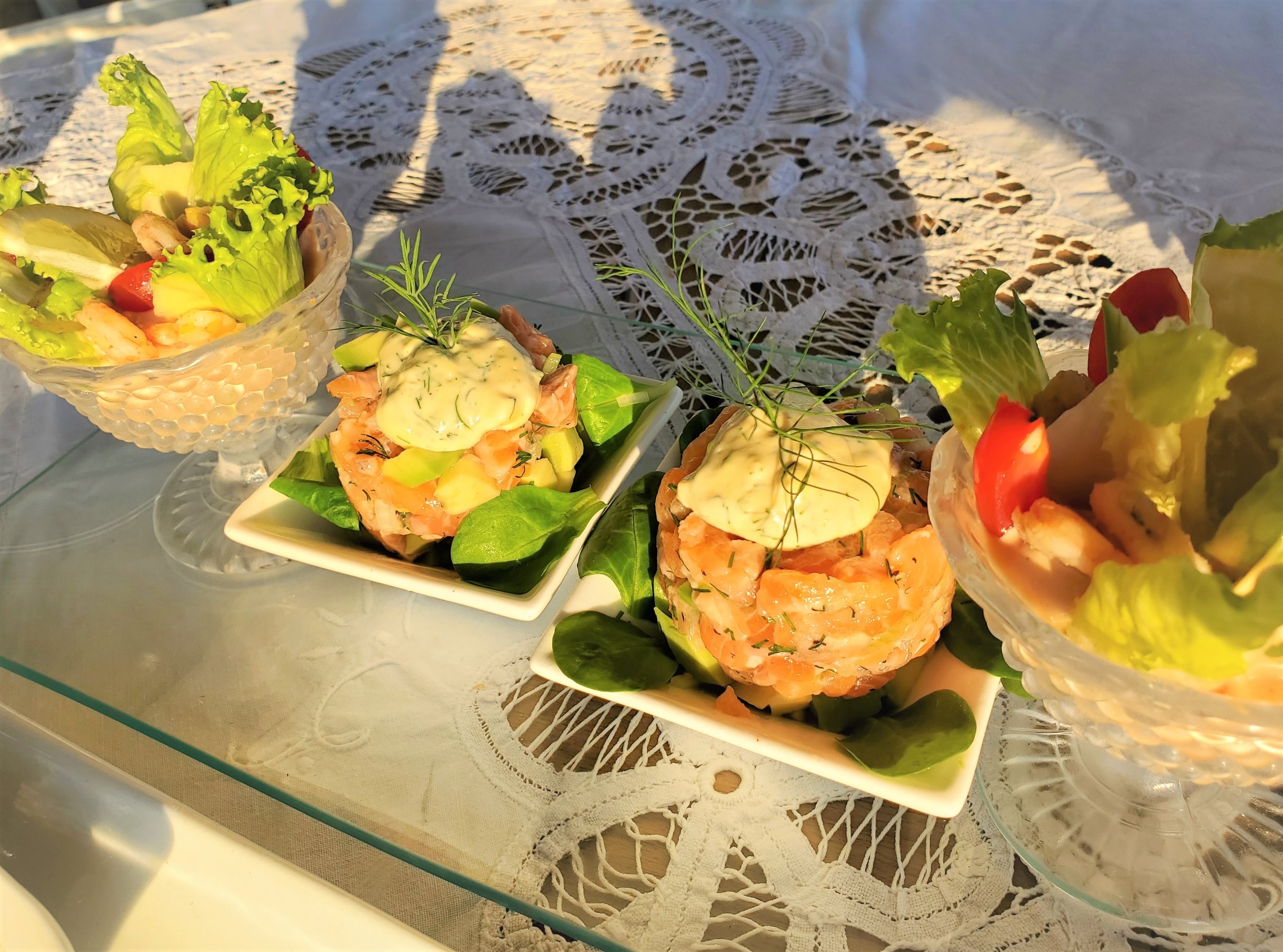




A collection of historic photos helped this advocate show how urban renewal marred his hometown, and left an inhospitable mess in its wake.